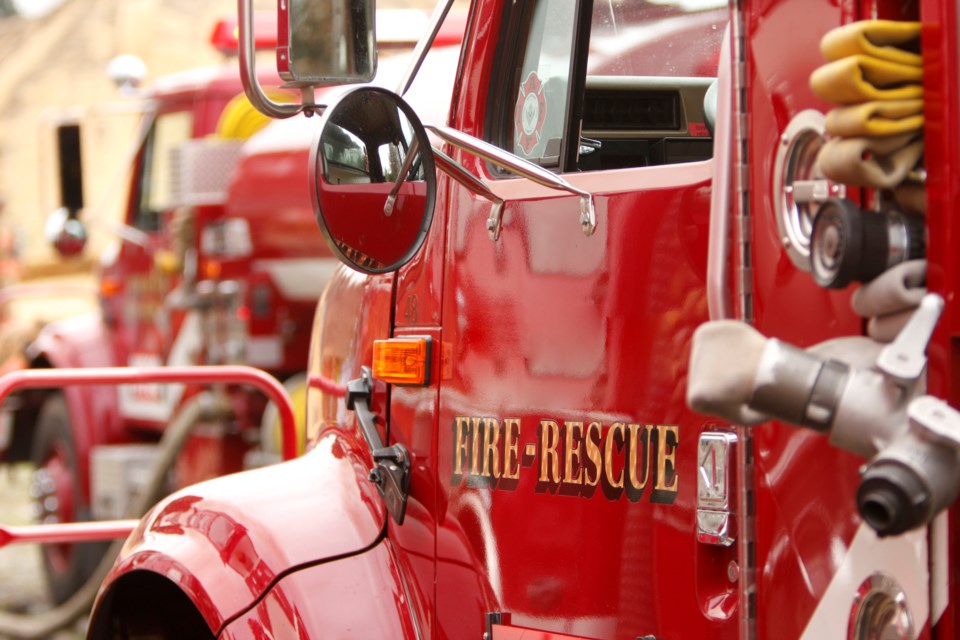Every year, farm fires result in tens of millions of dollars in losses to buildings, businesses and farm animals; and the financial losses don’t take into account the toll on farm families.
Fire is always a threat on Ontario farms, but the good news is that there are ways to reduce the risk the pose. Barn fires in particular are a serious concern, especially during colder winter temperatures.
That’s because cold weather increases condensation on cold surfaces, and the corrosive mixture of barn gasses and moisture invades the electrical system. The increased use of heating equipment also poses risks of ignition with gas heaters, for example.
Regardless of time of year, though, some of the biggest fire risks in farm buildings come from dust and cobwebs, extension cords and heaters, and electrical plugs, receptacles and panels.
The increasing size and high-tech nature of modern farm facilities, including livestock barns, also mean losses are higher when disaster strikes – according to Ontario Fire Marshal statistics, those range between $20 – 30 million annually.
That’s why, earlier this year, the Ontario Federation of Agriculture began partnering with the Ontario Association of Fire Chiefs to share resources and promote fire safety and prevention on Ontario farms.
I’m a dairy farmer just north of Trenton, and I also represent farmers in Hastings, Lennox & Addington, Northumberland and Prince Edward counties as a director on the board of the OFA.
Fire prevention is a 365-day-a year job, but as we are working to get our farms ready for winter, it’s a great time to put a little extra effort into protecting our businesses.
It can be hard to know where to start, so a fire prevention inspection by a professional from the local fire department or your insurance provider can be a great help.
Nobody likes the idea of an inspection per se, but these individuals can offer a wealth of pointers and ideas about little things that can make big difference in fire prevention – and they are just as interested as you are in keeping your farm buildings, livestock and crops safe.
Easy steps farmers can take to reduce the threat of fire include hardwiring or using waterproof plugs or outlets, keeping buildings clean of dust and cobwebs, replacing extension cords, and identifying potential hotspots with a thermal imaging camera.
A few dollars spent on electrical upgrades can make a big difference. For example, installing an arc fault breaker can prevent a heat-causing fault that could easily cause a fire. And general tidiness to keep on top of dust and cobwebs is always a good idea.
Sometimes, however, despite our best efforts, fires do happen. This means it’s a good idea to be prepared. Have a few big fire extinguishers handy in the barn or workshop and know how to use them. As well, ensure that you, your family and your employees know where those extinguishers are and what your emergency response plan is.
If you’re interested in learning more, join OFA on Oct. 9, when we are partnering with the Ontario Association of Fire Chiefs to host a webinar focused on fire prevention and insurance on the farm. Registration is available at ofa.on.ca.



